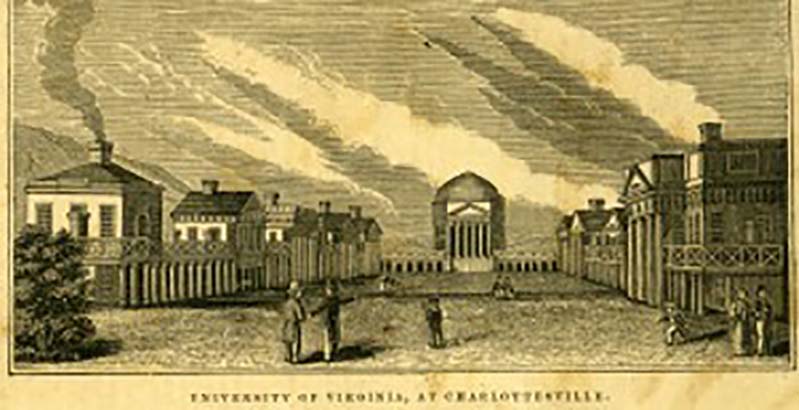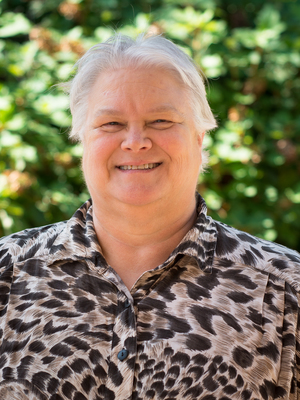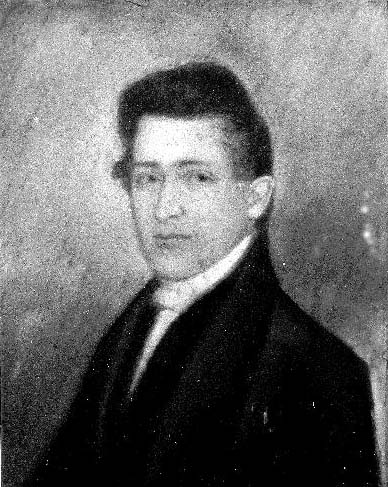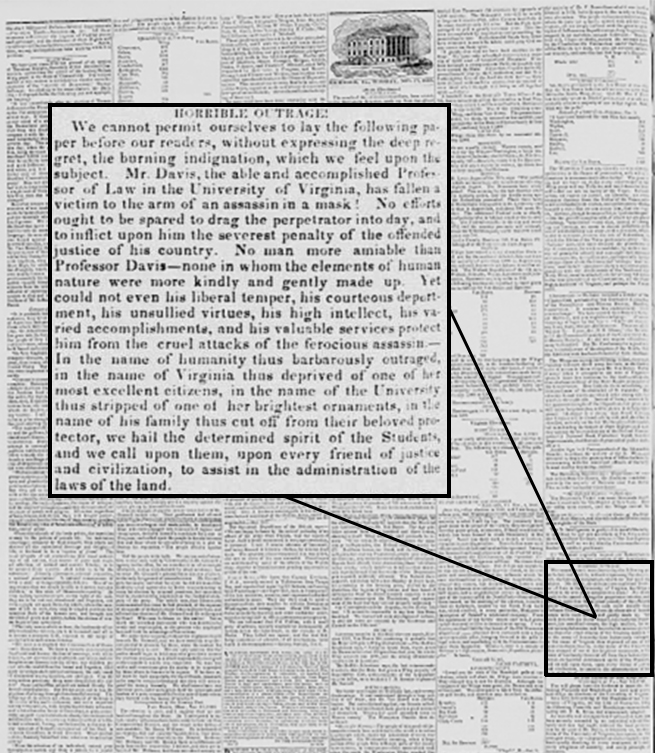As America Grapples With Gun Violence in Schools, a UVA Librarian Recounts How — and Where — It All Began

School gun violence has pervaded the public consciousness in 2018 in the wake of the mass shootings in Parkland, Florida, and Santa Fe, Texas.
Despite the widespread perception that such violence on school grounds is a modern phenomenon, it actually predates the Civil War. The first known reported U.S. school shooting was at the University of Virginia in November 1840, when an 18-year-old student shot and killed a law professor.
The narrative remained stagnant until University of Virginia librarian Jean Cooper solved the mystery of what happened to the killer in 2013, and was largely unknown to the public before recent reporting on school shootings brought it into the mainstream. Although a tragedy 178 years ago might seem worlds away, Cooper said the message it sends about human behavior and accountability is timeless.
“Everybody on [campus] knows this story,” Cooper told The 74. “The first day you’re here, you’re told about it.”

In 1840, the university was immersed in a years-long power struggle between faculty and students, many of them the entitled sons of wealthy Southern plantation owners and merchants. During the 1836–37 school year, faculty had dismissed a group of students who’d refused to disband a newly created military unit that practiced drills with guns on the university’s iconic lawn. Guns were technically prohibited on campus, according to 1824 meeting minutes from the university’s governing body.
In response, some students — there were fewer than 200 enrolled annually at the time — held yearly protests, where they’d brandish guns and cause a ruckus on the main lawn near professors’ residences.
“The students said, ‘Well, we’re going to riot or we’re going to demonstrate so they know that we haven’t submitted peacefully to these rules,’ ” Cooper said.
By that fateful Thursday night on Nov. 12, 1840, the number of protesters had dwindled to two: 18-year-old Joseph Semmes and fellow student William Kincaid. Amid their caterwauling, law professor John Davis, who also served as chairman of the faculty, confronted them at about 9 p.m.and grabbed Semmes, whose identity was hidden behind a white “calico mask,” according to student accounts. Semmes escaped his grasp and, before fleeing, turned and shot Davis in the stomach with a pistol. Davis died on Nov. 15, presumably from infection, as antibiotics didn’t exist at the time.

The student body “was really shocked,” Cooper said. “It just wasn’t done.”
Notice of Davis’s death in the Richmond Enquirer expressed similar disbelief, the headline “HORRIBLE OUTRAGE” written in all caps. Authorities arrested Semmes a few days later, linking the bullet that killed Davis to a gun in his possession. Semmes served about six months in prison, Cooper said, before being released on bail with deteriorating health prior to his October 1841 trial date. He never showed.

Up until 2013, rumor had it that Semmes fled to Texas and died by suicide soon after. But while working on an archival project, Cooper decided to seek out an answer to the lingering mystery.
“I’ve been working on a website that has short bios of UVA graduates from those first 50 years … and I said, ‘Oh gee, I wonder what happened to this guy,’ ” she said. Cooper spent about two hours scouring online government databases and ultimately tracked down an article in The Sun (now the Baltimore Sun) from 1847 reporting Semmes’s death:
“He shot himself with a pistol, the ball entering the left eye and penetrating the brain” at his brother’s house in Georgia, the story read.
Even with the mystery solved, Cooper admitted it can be difficult to draw people into the history — especially when circumstances seem so different today. Guns now are more dangerous, the fatalities often higher. The motives behind modern shootings are frequently mysterious, and the media offer ballooning visibility.
But there are a few notable parallels, in Cooper’s opinion, that make this story relevant.
For one: Students’ impassioned responses to the violence. Before today’s youth harnessed social media to demand gun reform, a group of Virginia students submitted an editor’s note to the Richmond Enquirer in the days after Davis’s shooting, denouncing the attack and promising justice for their beloved professor.
The notion that such crime did not exist was “a sweet self-delusion,” they wrote. But “[let us] boldly cast every imputation against our honor.”
The tragedies then and now also speak to the unchanging nature of human behavior, Cooper said.
“People, no matter what time period they’re in, behave the same,” she said. “Some people are not safe with guns.”
Get stories like these delivered straight to your inbox. Sign up for The 74 Newsletter

;)
